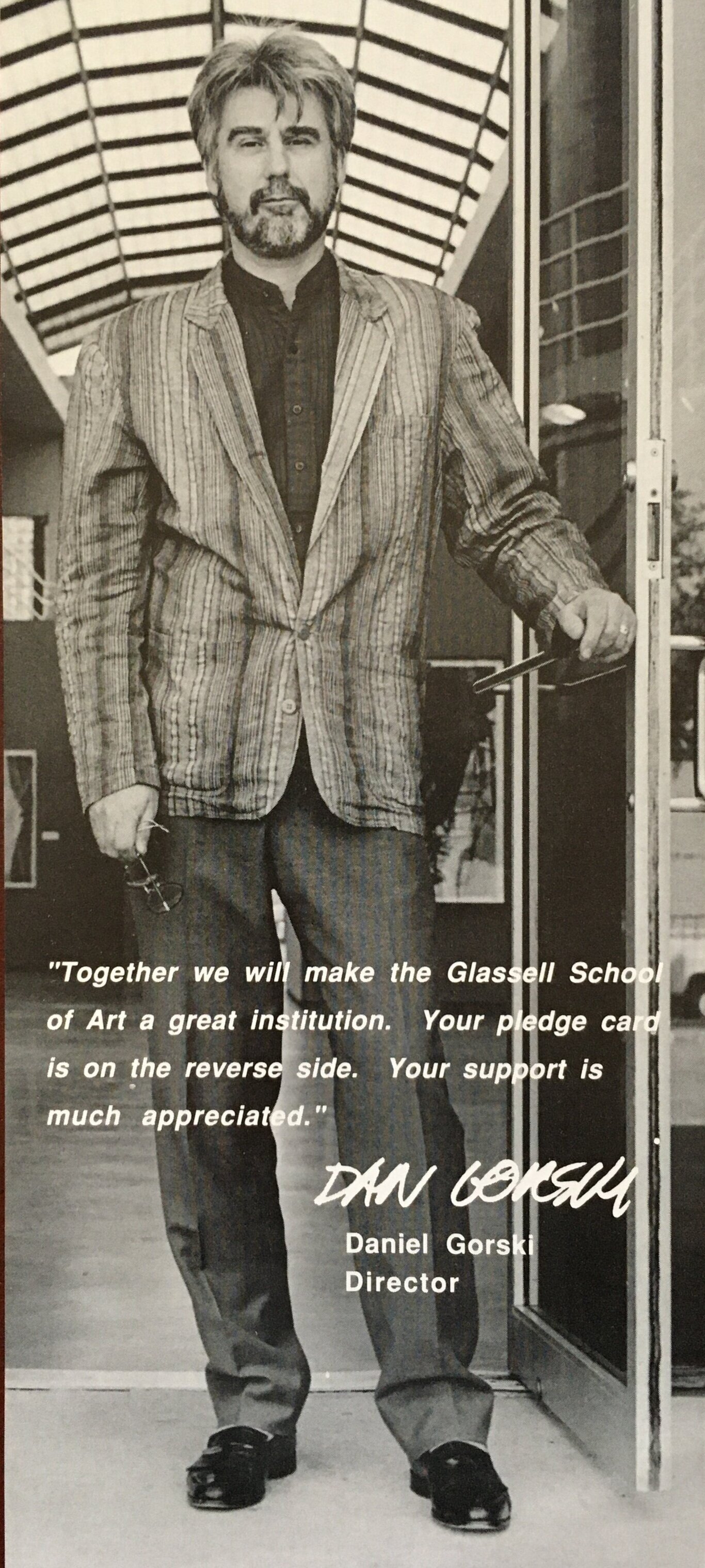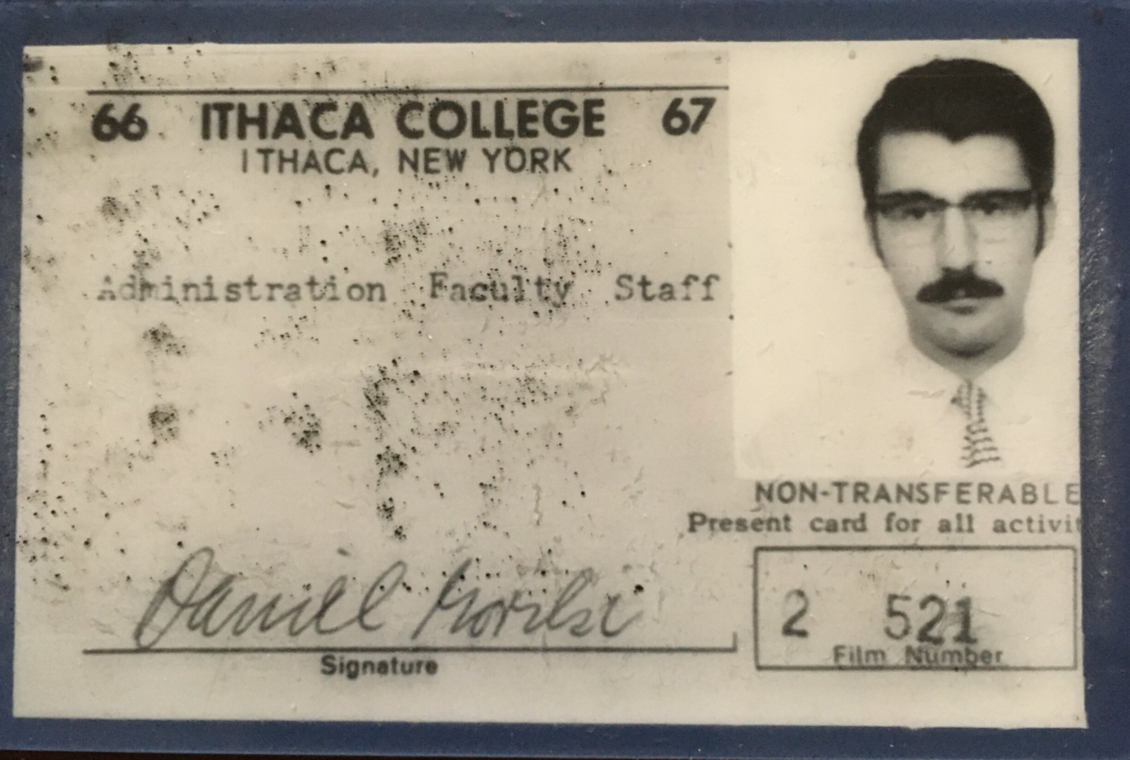DAN GORSKI: An Introduction
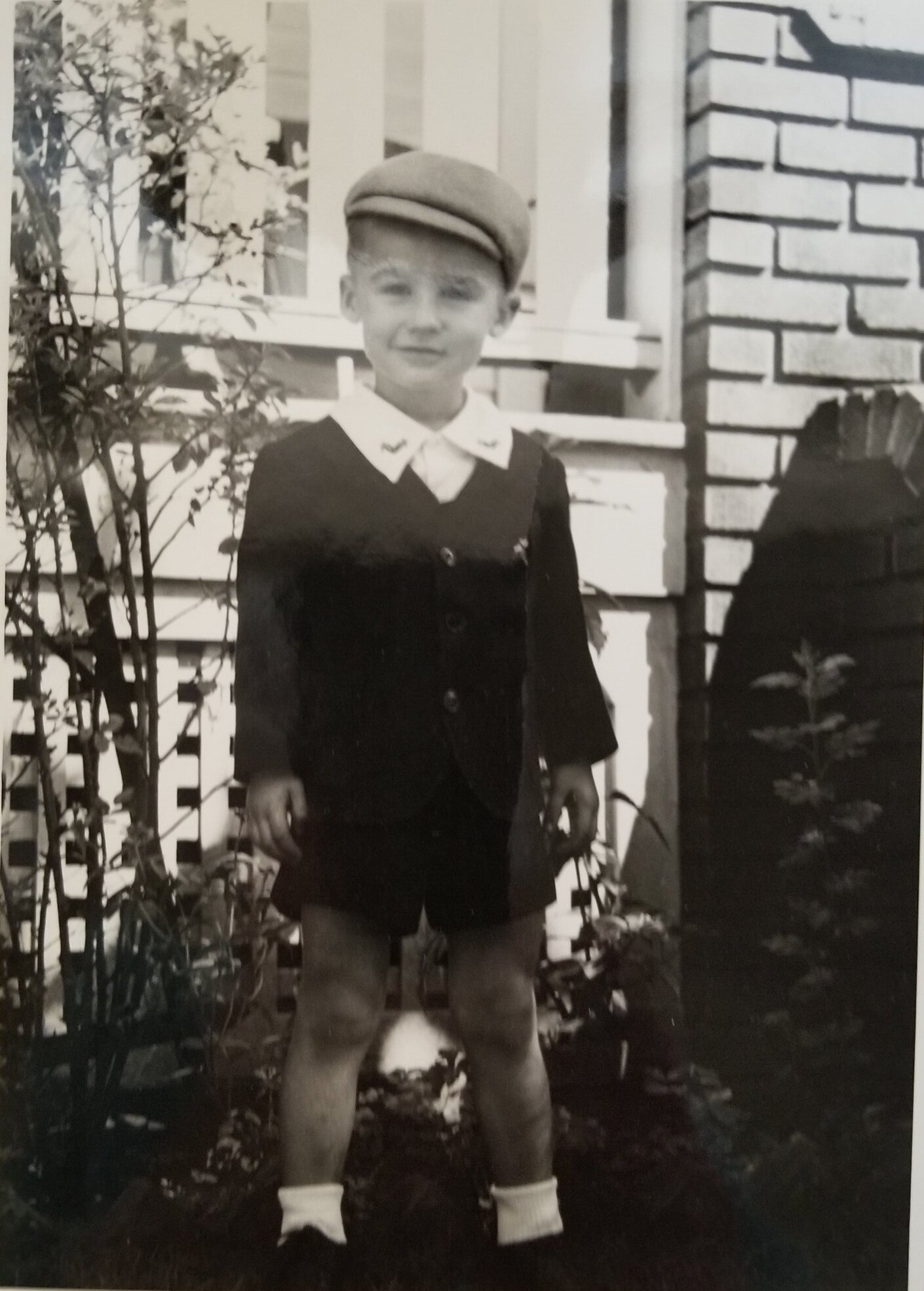

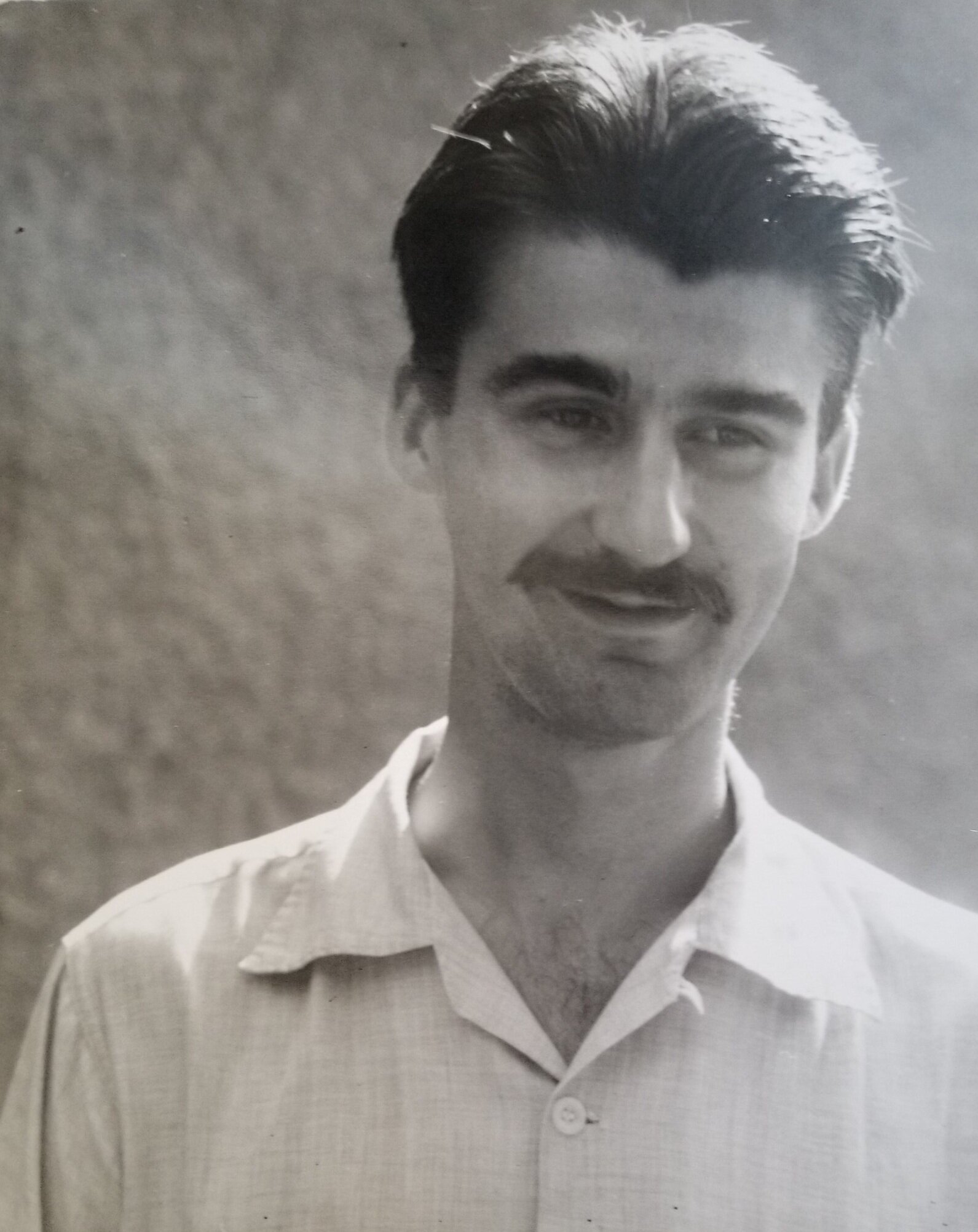
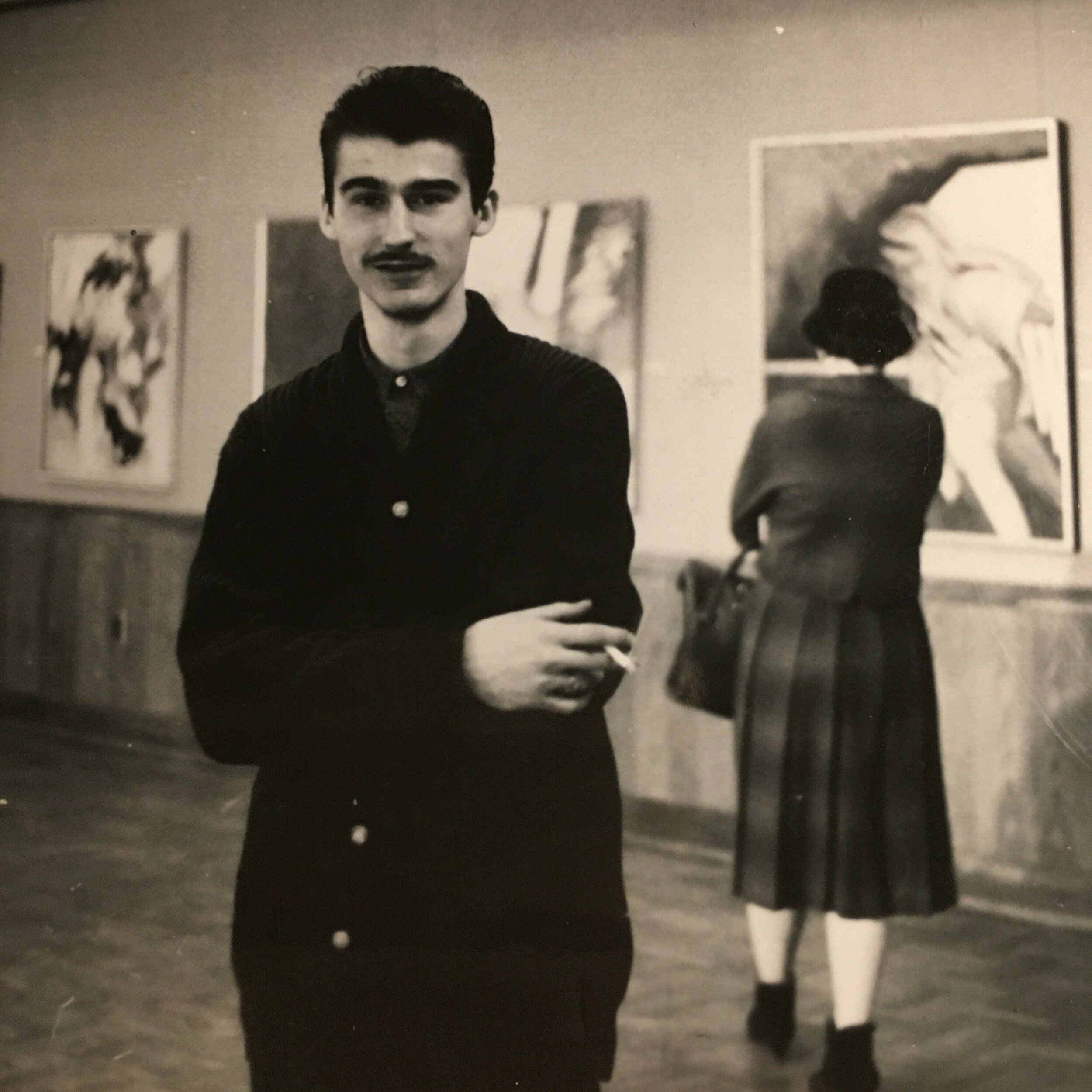

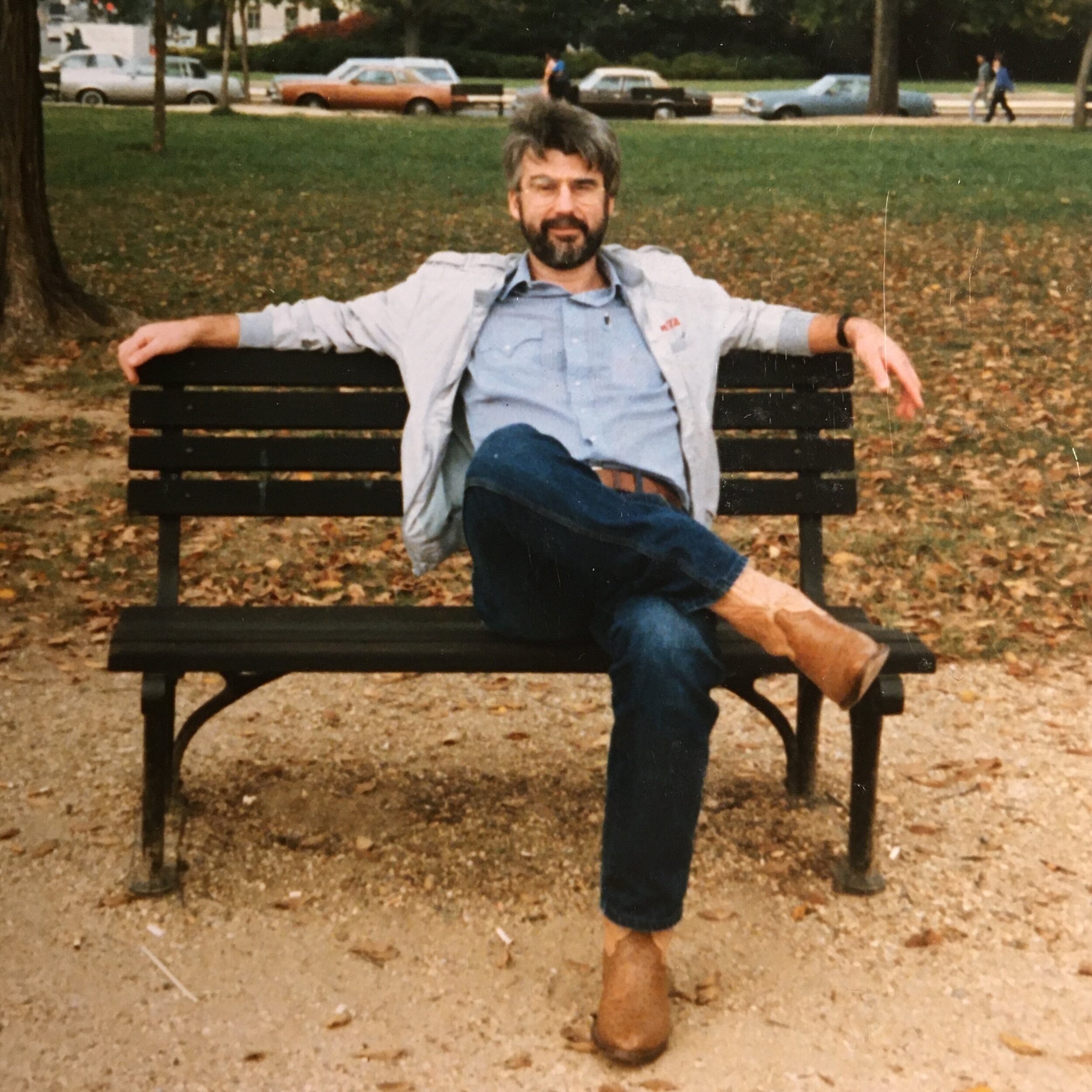


The Singular Path
The individual path an artist takes is of keen interest. First, the work informs us, then the life choices the artist makes lets us not only look into the mind and heart of the work, but the artist as well. Often it is pre-supposed that the successful career can be held to a singular criterion, but the choices and sacrifices that need to be made are never simple. Ambition, family, friendships, lovers, opportunities and lifestyles all come to be mixed together. In these current times, these are things that make not only the life, but the art of Dan Gorski of great interest.
Entering the New York art scene in 1964, on the heels of it having become the center of the international art world, Gorski along with an endless stream of young talents from around the country and Europe, arrived to test his luck and talent. Having just graduated from Yale University’s School of Art and Architecture, Gorski had been part of one of the most important graduating classes to emerge from ever before. This class included such stellar artists as Nancy Graves, Richard Serra, Chuck Close, Janet Fish, Sylvia Plimack (Mangold) and Robert Mangold (who Dan had gone to undergraduate school with at The Cleveland Institute of Art.)
Gorski’s circle of friends in New York would come to be identified by the critic Lucy Lippard as “The Bowery Boys” in reference to the skid-row area of NYC where they lived and worked. It included artists who would go on to to play critical roles in the development of both Minimalism and post-Minimalism. During this period, Gorski was on a fast track and would come to be included in many important group shows. Most significant among these was in 1966, he along with the West Coast artist Judy (Gerowitz) Chicago would be the youngest exhibitors in Jewish Museum’s historical: Primary Structures exhibition. This exhibition, which launched Minimalism as a movement, resulted in Gorski coming to the attention of such noteworthy young dealers of the period as Paula Cooper, Klaus Kertess (Bykert Gallery) and Dick Bellamy.
By the mid-1970s, now with a family, Gorski turned to teaching, which provided a less hectic environment — one more conducive to his nature Considered an excellent teacher, he would go onto hold various positions over the years including a long tenure at The Maryland Institute College of Art (MICA) and at Glassell in Houston Texas. This allowed him to concentrate on his work and also afforded him the luxury of extensive travels.
In 1990, he would assume the directorship of what would become one of the most prestigious art schools in the country: The Glassell School of Art, at the Museum of Fine Arts, Houston. At Glassell, he helped develop and direct the influential Core Program. Over the subsequent years after moving to Houston, he continued to dedicate himself to his teaching and his work. Though just as committed as ever, being out of the central fray allowed him to rely on his own interests and concerns. Though Gorski increasingly produced works for an audience of one, his public face consisted of a nominal stream of commissions and exhibitions.
The work that he produced through to the end remained an adventuresome exploration of color, form and composition. In this sense, Gorski’s creative vision remained consistent from his hard-edge eccentric abstract paintings to the proto-Minimalist paintings and sculptures of the 60s-70s, to his hyperbolic shaped canvases and constructions of his later years. Gorski’s works from all of these periods, remains informed, sophisticated, focused and personal. Looking into the life and works of Dan Gorski, one can marvel at his chosen path.
